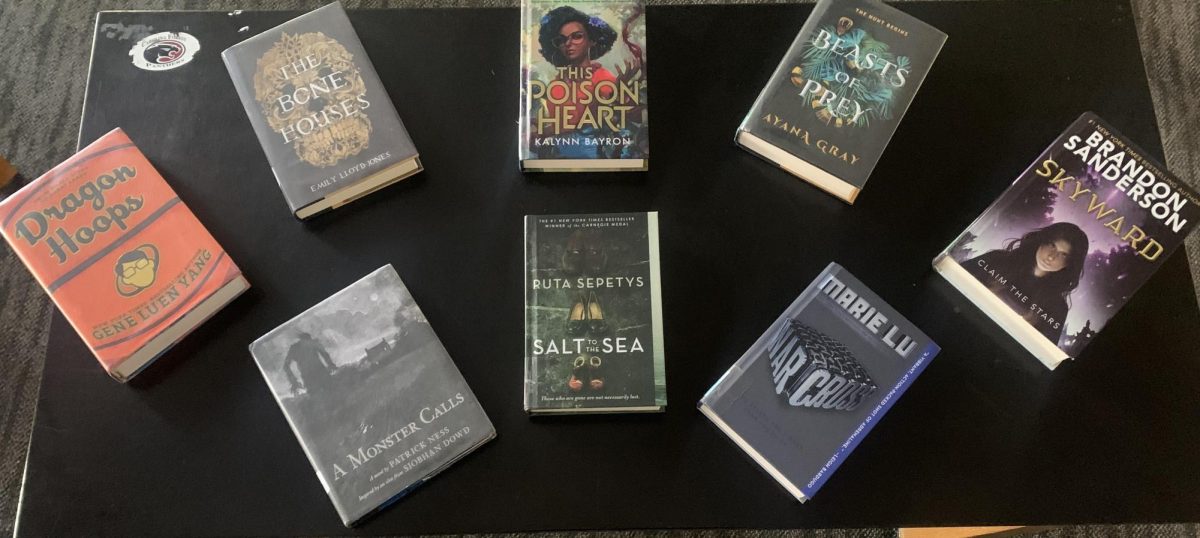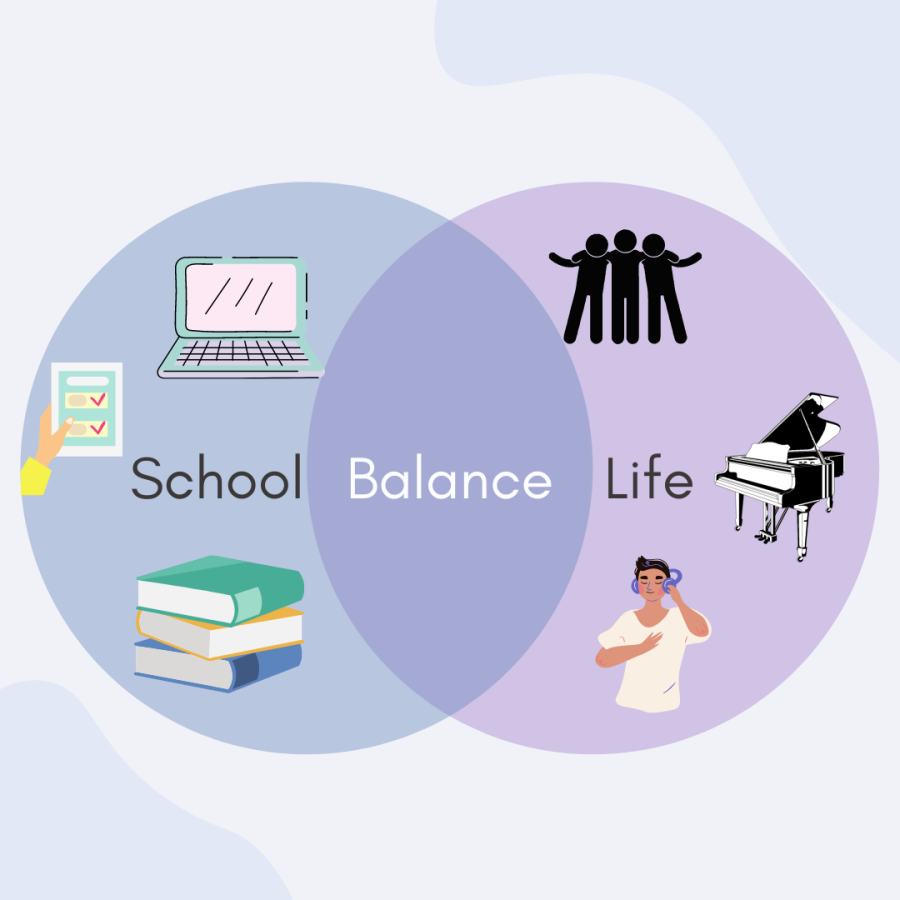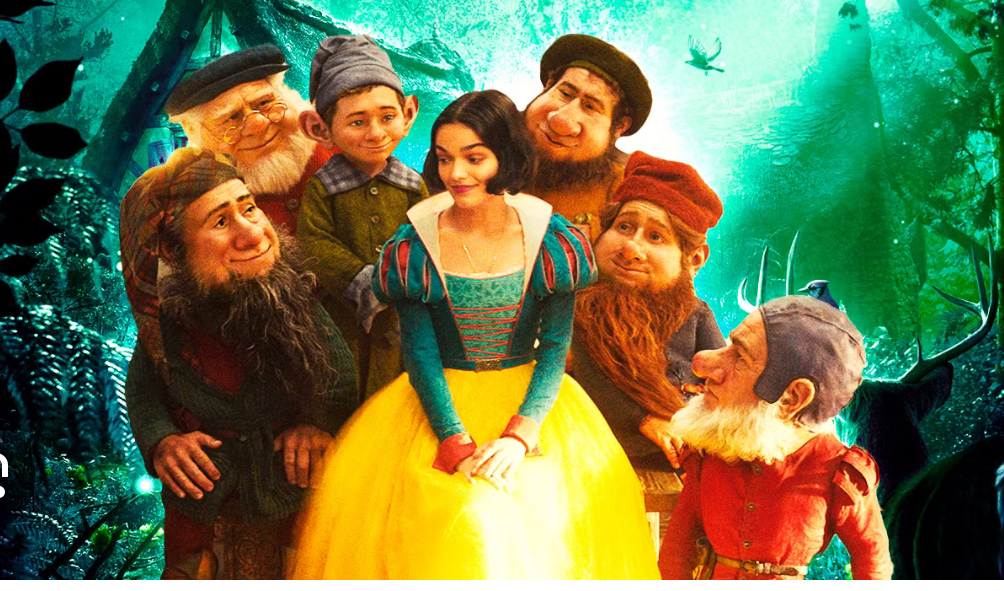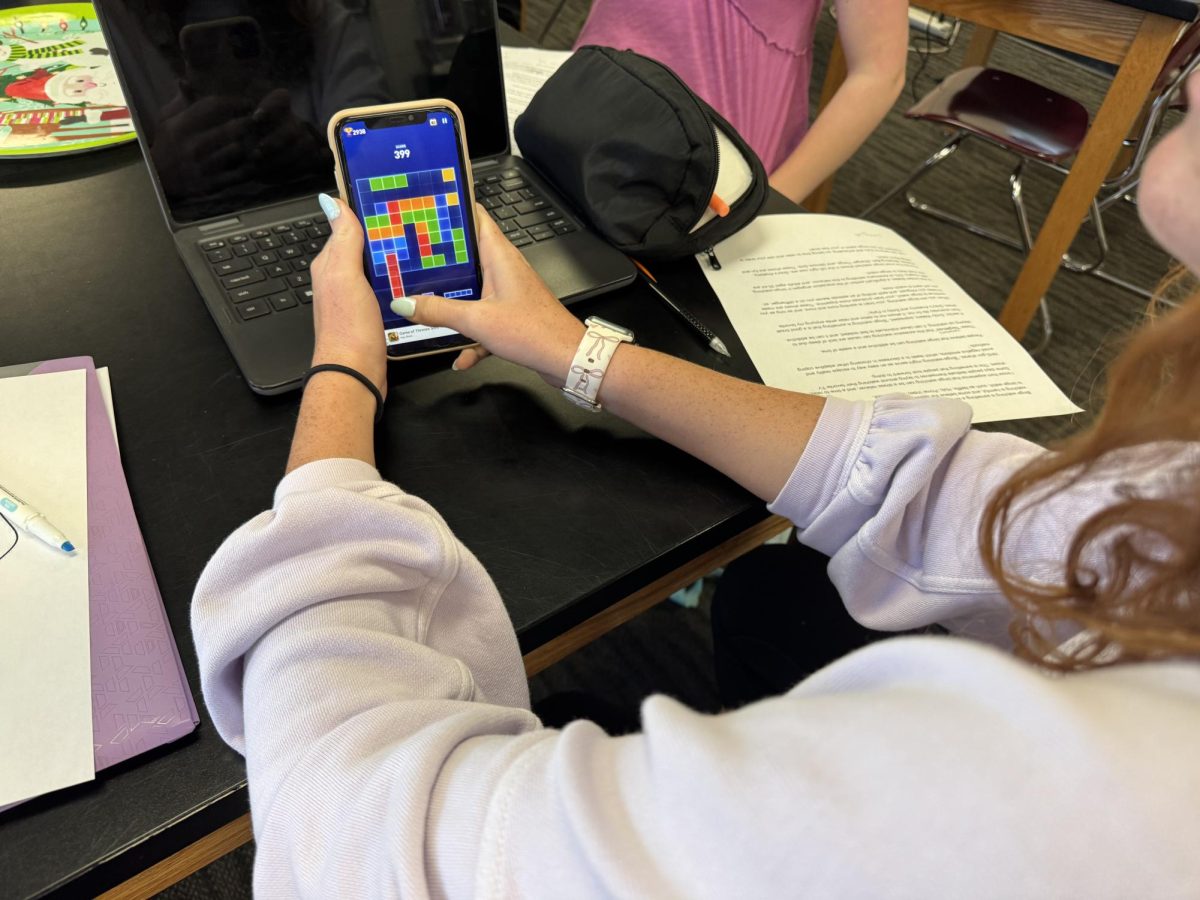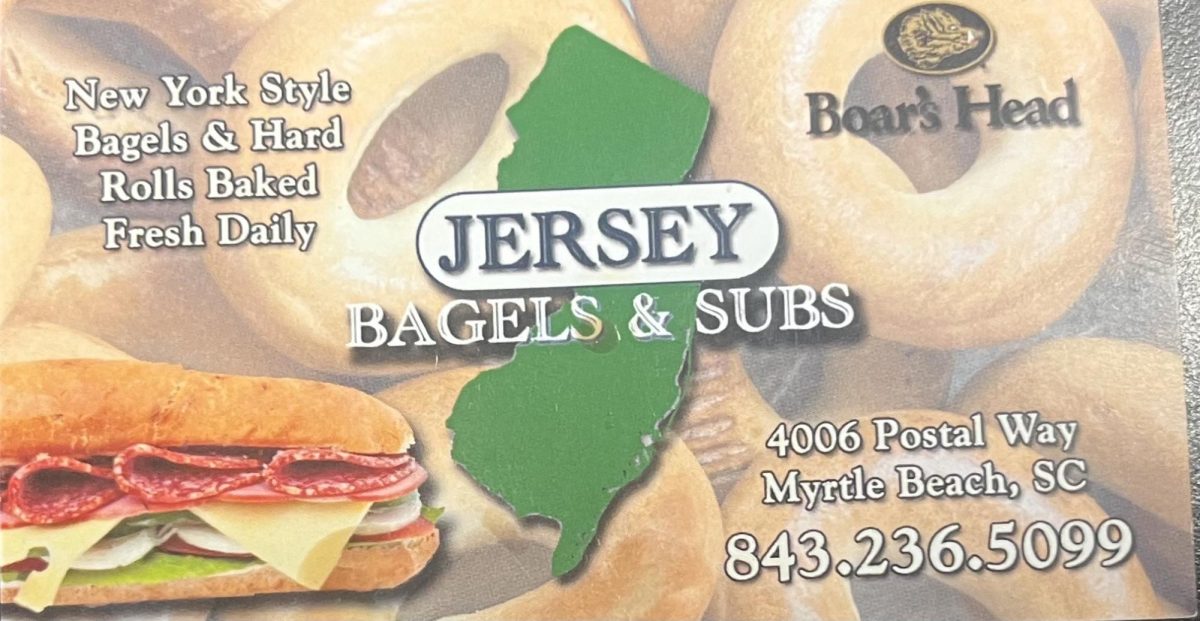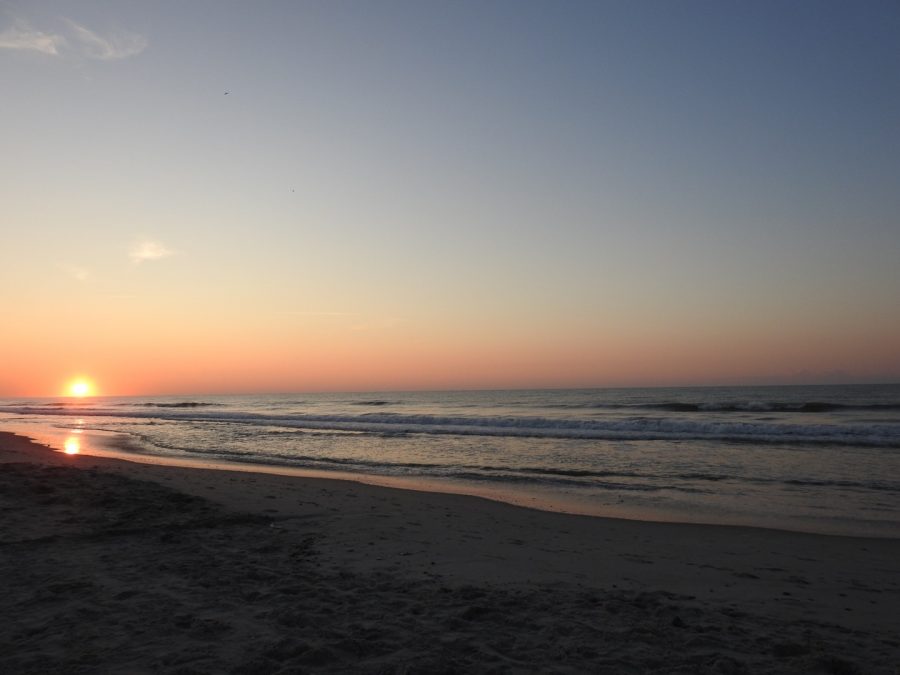Myth Busting: The Ocean
December 7, 2021
Most of us at Carolina Forest High School live within 15 miles of the Atlantic Ocean. Did you know that less than five percent of the ocean has been explored? Much remains to be discovered about our world’s seas. With so little being known, there are many with misconceptions about the ocean and what lives in it.
Myth No. 1 : Sharks hunt humans and are dangerous killers.
Everyone has seen sharks depicted in movies as ruthless man-eaters. However, in reality, humans are not part of their natural diet at all. In fact, the majority of sharks are not a threat to us. Unprovoked conflicts with humans are extremely rare. Many do not realize the essential role that sharks play in marine ecosystems. Removing apex predators like large sharks from their habitat has negative effects throughout the food web, even the fish that we eat. We need to ensure healthy shark populations in our oceans and protect those species that are endangered.
Myth No. 2 : The deep sea is totally dark.
I think it’s hard for most people to imagine the depths of the ocean to be anything but pitch black and icy cold. The New York Times has even described the deep sea as “frigid and lightless.” It is true that only weak daylight penetrates the ocean, and below a couple thousand feet, there is no sunlight. However, there is another surprising source of light – a flickering of blue and green luminescence. Where does it originate from? An enzyme, luciferase, generates light by breaking down high-energy molecules and producing photons in some bacteria and deep-sea fish. This creates a light glow in the deep parts of the ocean that most would not expect.
Myth No. 3 : There are not huge waves away from shore.
People typically only see big waves close to the shore; so many assume it is smooth sailing out on open waters. The opposite is true. Rogue waves can form and cause major problems for boats. Especially during storms, when waves develop in a water current against the normal wave direction, it can result in a shortening of the wave frequency. This can cause the waves to join together, forming huge rogue waves. In order to be considered a rogue wave, the wave must be over twice the usual wave height in a given area.
Myth No. 4 : The saltiness in seawater is essentially table salt.
It is true that the water in the ocean is salty, but it’s not comparable to someone dumping table salt into water. Because it contains several minerals that come from the Earth’s surface, it is considered salt water. Rain and snow pick up minerals from the ground, which turns into runoff that goes into the ocean. As a result, seawater has a lot of sodium and chlorine in it, in addition to sulfates, magnesium, calcium, and potassium. The definition of salt is very vague, so all of these mixed together can be grouped under ‘salty,’ but it is not anywhere near the salt we are familiar with.
Myth No. 5 : The ocean appears blue because it is reflecting the sky.
Blue skies means blue ocean, right? Wrong. The ocean is actually not reflecting the color of the blue sky; it is absorbing it. As many know, sunlight happens in the form of waves, which includes a whole spectrum of color. Because the ocean is constantly being hit with sunlight, it absorbs these different colors. Typically absorbing the red wavelengths quicker, the blue wavelengths head deeper into the ocean. These blue wavelengths are then scattered and re-emitted from within the ocean, which is how our human eyes perceive them. So to us, the ocean appears blue when it is actually all different colors.
These are just five of the hundreds of misconceptions and assumptions about our vast oceans. As always, remember to investigate and keep learning!
Sources:
“Common Misconceptions about the Ocean.” National Ocean Service, https://oceanservice.noaa.gov/ocean/myths/
“Five Myths about Oceans.” The Washington Post, https://www.washingtonpost.com/opinions/five-myths-about-oceans/2017/04/21/45a251a0-243c-11e7-b503-9d616bd5a305_story.html






